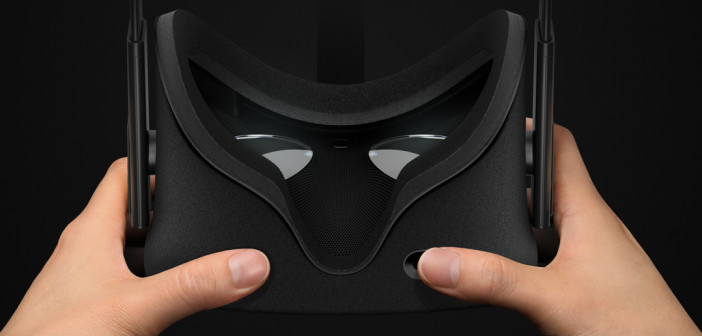Interfaces need to be consistent, natural and provide both audio and haptic feedback
The ability to reach out and interact with virtual environments is something unique to the virtual reality (VR) medium. It creates a sense of ‘being there’, particularly in opportunities such as emergent game play. However, imperative to a more immersive experience is the need for a consistent connection between visual and physical motion, with no motion sickness, said Strategy Analytics.
A recent study from the User Experience Strategies (UXS) service at Strategy Analytics surveying the needs, behaviours and expectations of future VR users, has assessed the human machine interfaces (HMI) of VR. Consistency is a key issue, interactions need to be natural, and both audio and haptic feedback is important.
Allowing audio, visual and touch senses through a headset and its accessories are crucial to the immersive experience of VR. The ability of a user to interact with items in a VR world using their own hands heightens the sense of immersion that user feels; and this drives emotional engagement with VR content by stimulating the tactile sense. Full-hand tracking should be considered the ideal solution in the future as it is the most natural way of reaching out and grabbing objects, and would enhance the levels of interaction with a VR world with things such as finger tracking.
But total sensory engagement is not without risk, showed the study; the inability to hear things in case of an emergency, combined with the inability to see what’s going on in the immediate surroundings, can prove hazardous. Options need to exist that allow users to maintain spatial awareness of their surroundings, such as quick exit from games at all time and better defined “safe areas”.
Mathew Alton, research analyst and report author, commented: “VR content that provides enough escapism by convincing the player that they are somewhere else while providing them with a reason for being there, will enhance immersion and drive engagement with the medium.
Continued Alton: “Consumers tend to believe in the feelings from VR; even the most basic haptic feedback, for example vibration of different intensities, could be somewhat realistic in the virtual context.”
Chris Schreiner, director of syndicated research, UXIP added: “Users want consistent connection between visual and physical motion for a more immersive experience with no motion sickness. Original equipment manufacturers (OEMs) must also ensure that issues such as latency and stability are addressed. Smoother visual experiences will make longer VR sessions more tolerable.”





